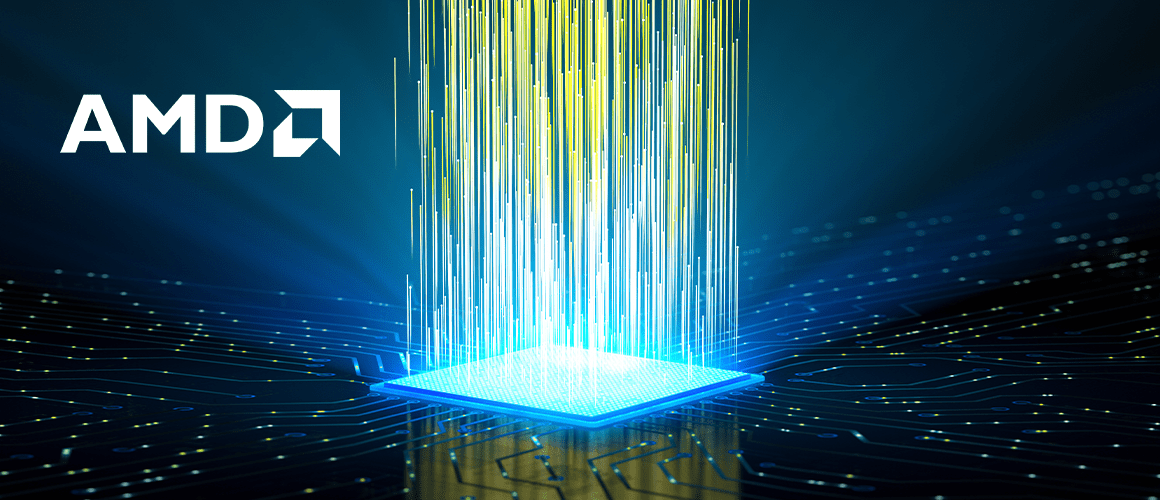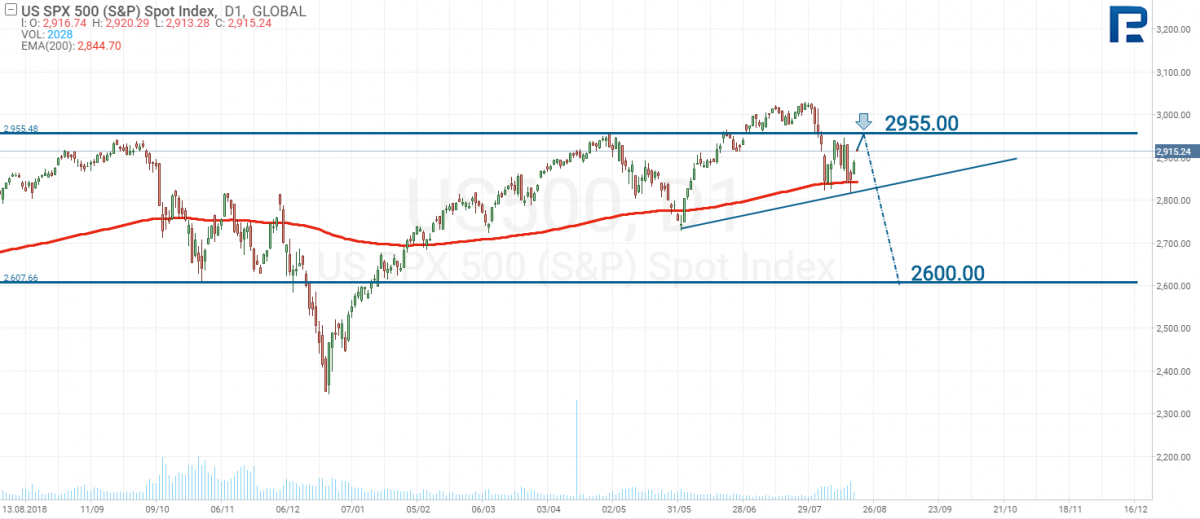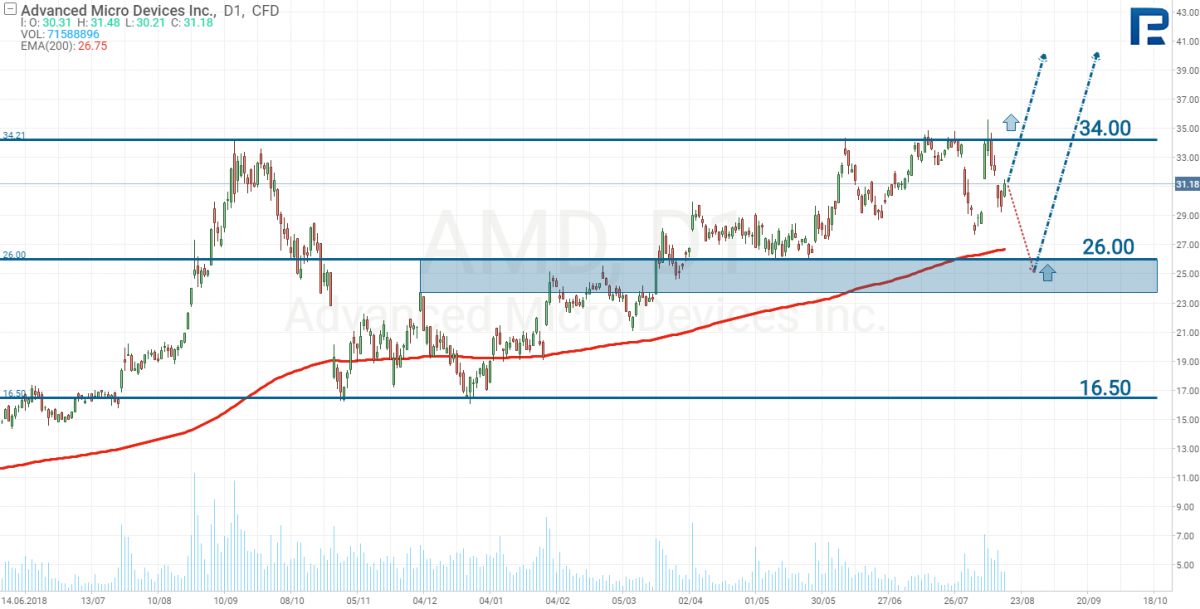What Stocks to Buy on the Declining Market?

9 minutes for reading
S&P500 analysis
The S&P500 index fell again upon testing its historical maximums. The last two waves of declining were used by investors as a chance to buy with the aim to take at the start of the new ascending trend. However, as soon as the price reaches its record values, the buyers disappear and those who bought earlier lock in their profit, putting pressure on the index.

The number of the positions open at institutional investors is at its historical minimum; there is some global crisis hovering above the market, though no one knows where to expect it to come from. Anyway, humanity is never ready for a crisis. The one of 2008 was overcome thanks to a decrease in interest rates and money inflow into the economy. Nowadays, the interest rates are near zero or even below it in certain countries. The economy is stimulated by Quantitative easing that should have ended several years ago in some countries. If the markets crash one of these days, we shall need new ways out of the crisis as interest rates will have little influence on the problems.
However, these are just fears of a negative scenario, implying a decrease in the stock price and falling of stock indices. Until it happens, we should look for the opportunities of investments in promising companies which revenue is likely to increase in the near future, influencing the stock prices positively.
Market before presidential elections
A decline in a stock index leads to a decrease of stocks that are not part of the company; the financial state of the companies remains the same, and in the end, their stocks become undervalued. The best prices on the market always appear after a global falling of stock indices, but even a slight decrease makes stocks of certain companies attractive.
Of course, I do not believe that we are to expect a wave of growth of the stock prices this year. The reason is rather prosaic. During the last 19 years, the stock indices in the USA have always traded in a range before presidential elections. The next elections are to happen in November 2020, and it is yet unclear who will become a new President of the USA.

The interest rate and income
If, for example, in Barack Obama times the economy was growing, discount rates and their quantitative easing worked smoothly, and the probability of Obama being elected for the second term was rather high, with Trump it is quite different. The trade war deteriorates economic development, acting as a brake; investors keep a close eye on Donald Trump's Twitter as the politician may be unpredictable in his declarations, and even those twits are not of much help in terms of forecasting the development of the situation, because what Trump writes does not always coincide with what he actually does.
As a result, the Federal Reserve System gave up and decreased the interest rate as it is the Fed that Trump blames for the economic slow-down, though the fees do much more harm than the interest rate. Companies are still capable of maintaining their debts, but they are losing sales markets due to the fees, which affects their profit.
At first, the fees influenced only some sectors of the economy, but their influence spread with time, increasing the burden on the dollar and decreasing income. So, the Fed started reducing the interest rates in order to alleviate debt maintenance for the companies; this is a confirmation of a halt in the development.
A decrease in discount rates will reduce the spending on debt maintenance which should, in theory, increase the company's income, but, in fact, it will increase not because of entering new markets but because of a reduction of expenses with the same price of goods and services. Thus, the data on the net profit or income will play a less important part in the analysis of companies; more attention should be paid to the number of sales, the growth of the number of users, etc. In other words, in the current situation, the data on a company's income may be a lagging indicator, growing slowly while the probability of a fall keeps increasing.
Advanced Micro Devices (AMD) analysis
Even with the trade war and the fees, there are companies that have a serious potential for increasing their presence on the market; however, the increase will not be due to entering some new markets but to the displacement of rivals from the existing market. As an example of such a company, we may name Advanced Micro Devices (NASDAQ: AMD) which is likely to challenge its rival and the leader on the chip and data-center market Intel (NASDAQ: INTC).
On August 7th AMD introduced the newest generation of chips named Epyc — central processing units called Rome. The AMD management states that Rome processors are 2 times more productive than the similar Intel product; meanwhile, Intel will be able to show the competing product only the next year. As for the pricing, a 64-core processor Epyc 7742 will cost 2 times less than a 28-core processor Intel Xeon Platinum 8280M, which is 13,000 USD.
At the presentation, the AMD management stated that they had managed to get such major clients as Alphabet (NASDAQ: GOOG) and Twitter (NYSE: TWTR); Microsoft (NASDAQ: MSFT) announced that it would use the AMD chips on their cloud platform Azure; the Hewlett Packard Enterprise (NYSE: HPE) are launching three systems, also featuring Rome processors. It is not excluded that all these companies are fleeting from Intel to AMD. No one had expected AMD to compete with Intel at such a high level, this event may be called historical. Analysts forecast that by the 2nd quarter of 2020 AMD will be able to double its presence at the chip market. And it is not only the Intel income that declines; NVIDIA (NASDAQ: NVDA) is also losing its part on the market.
NVIDIA analysis
The decrease of demand from miners influenced not only NVIDIA: AMD also participated in the rally. Miners liked AMD products for their optimal productivity-to-price ratio and used for particular calculations for cryptocurrency mining; so, the company also became dependent on the demand for their products among miners. As a result, the collapse of the crypto market decreased AMD stock prices.
NVIDIA is an indisputable leader of the discrete graphics processor market, taking 81.2% of it in the fourth quarter of 2018. AMD had the remaining 18.8% but the situation is changing.
In January the company released the world-first graphics card, produced by the 7-nanometer technology, Radeon VII, which was 29% faster than the previous flagman product of AMD. Of course, it did not become a true rival of RTX2080 Ti by NVIDIA, but it cost 699 USD, which was 2 times cheaper than RTX2080 Ti. Thus, AMD managed to increase its presence on the market to 22.7%.
Perspectives of Advanced Micro Devices (AMD)
It can be said that by 2020 — if the market does not collapse — the AMD stock price is very likely to grow. Intel will present the rival product only next year, so AMD still can capture the market and drive clients away from Intel and NVIDIA. As a result, its income will grow regardless of the reduction of expenses, and a further decrease in the interest rate by the Fed will only enhance the growth of the stock price.
We shall try to compare the rivaling companies and see their difference in a table below.
| Advanced Micro Devices | NVIDIA | Intel | |
|---|---|---|---|
| Stock price, USD | 30 | 159 | 45 |
| Capitalization (billion USD) | 32.16 | 93 | 207.69 |
| Stocks in circulation (million pieces) | 1085 | 609 | 4430 |
| Net profit (million USD) | 35 | 394 | 4179 |
| Income (billion USD) | 1.513 | 2.220 | 16.50 |
| EBITDA | 0.138 | 0.449 | 7.171 |
| Operational income (billion USD) | 0.059 | 0.358 | 4.617 |
| Available cash (billion USD) | 1.128 | 7.802 | 11.94 |
| All commitments (billion USD) | 3.201 | 4.317 | 55.812 |
| All assets (billion USD) | 5.102 | 14.021 | 130.759 |
| P/E coefficient | 174 | 33.27 | 10.12 |
| Short Float | 10.79 | 2.04 | 1.38 |
The table demonstrates how large the AMD competitors are. The P/E coefficient of AMD is really high, though it is not due to its high net profit or a lot of stocks in circulation. This index is not the key one for defining the real stock price of AMD. For example, in 2017 the P/E of AMD was 342, which did not prevent its stocks from growing by 300% later. Perhaps this is the reason for the company to have the highest percentage of short positions now.
Generally, the data in the table reveals the company's potential for growth; moreover, as long as it is pushing the competitors out of the market, its income potential is huge. For example, Intel is dominating the market of processors for data centers, holding 96% of the market, while AMD holds the remaining 3,4%; so, capturing as little as 10% of the market will yield a significant increase in the company's income, resulting in an increase in the net profit and a decrease in the P/E coefficient.
Presently, institutional investors are holding 72.59% of the AMD stocks, which is 2.6% more than in the first quarter of 2019; meanwhile, the investor share in NVIDIA reduced by 3.2% during the last three month, now amounting to 67.7%. It might be a coincidence, but investors might also become attracted by the AMD stocks.
| Institutional Holders | Advanced Micro Devices (AMD) | NVIDIA |
| % Shares Owned: | 72.59 | 67,66 |
| # of Holders: | +986 | +1902 |
| Total Shares Held: | 787969222 | 412064733 |
| 3 Mo. Net Change: | 23413059 | -19804168 |
| # New Positions: | 143 | 138 |
| # Closed Positions: | 100 | 152 |
| # Increased Positions: | 474 | 834 |
| # Reduced Positions: | 389 | 722 |
| # Net Buyers: | 85 | 112 |
AMD stocks tech analysis
Presently, the AMD stocks are trading in an uptrend near their historical maximums. This confirms the investor interest to the stocks. A breakaway of the resistance at 34.00 may entail another wave of growth, aiming at the psychologically important level of 40.00 USD.

In case of stock markets starting a decline, the AMD stocks may decline to the support around 25 USD as well. At these levels, the stocks will look very attractive for long-term investing.
Summary
The AMD stocks currently look stronger than the stocks of its rivals Intel and NVIDIA. If the stock indices decline again, it will provide a good opportunity for a long-term investment in the AMD securities. If the indices remain as they are, the stock price is very likely to start growing from the current levels. The point here is the expectations that the company will manage to increase its presence on the market and its income. The report on the third quarter will be a factual confirmation of the company's results, revealing whether it has really managed to get into the rivalry, or it was a mere coincidence.







